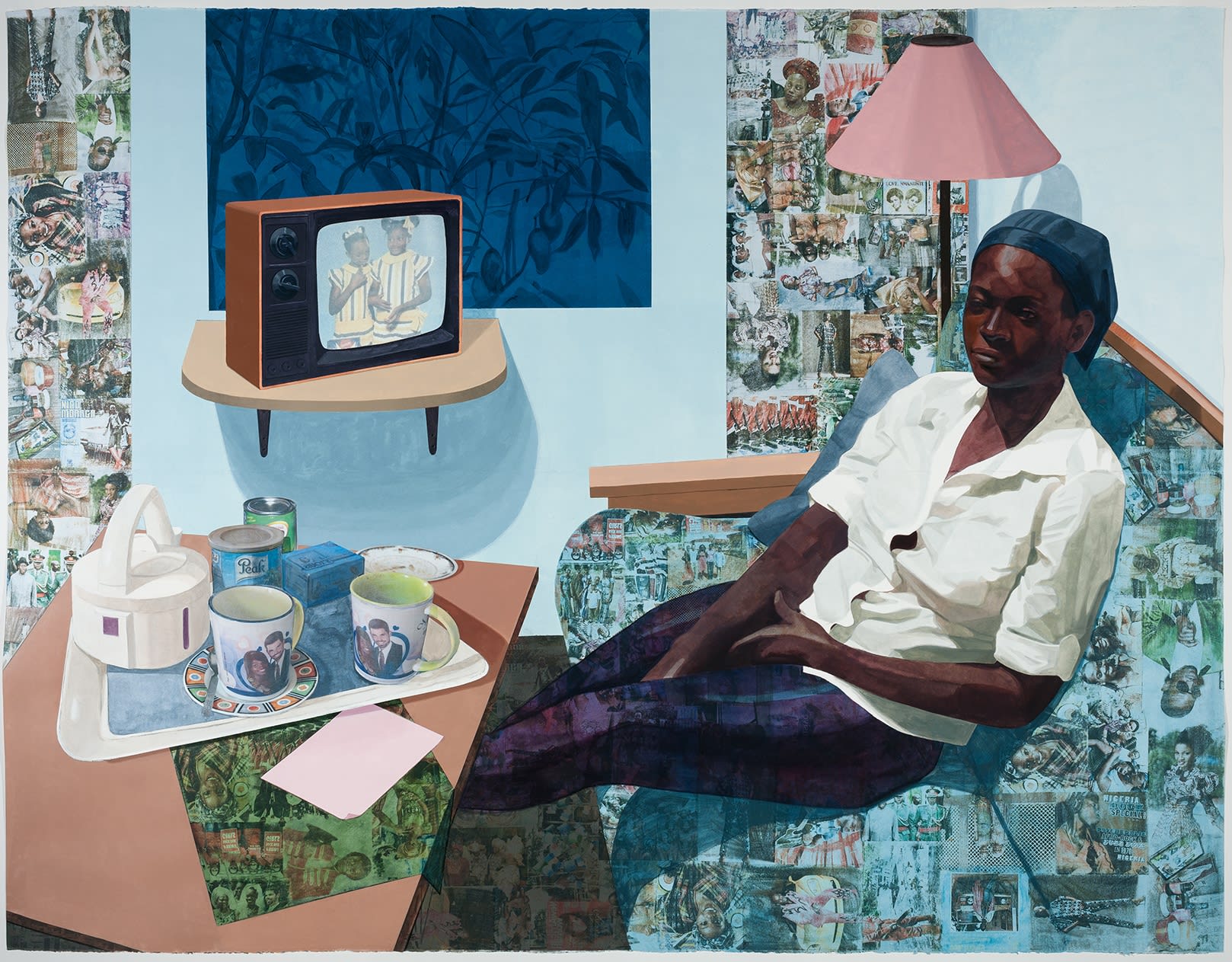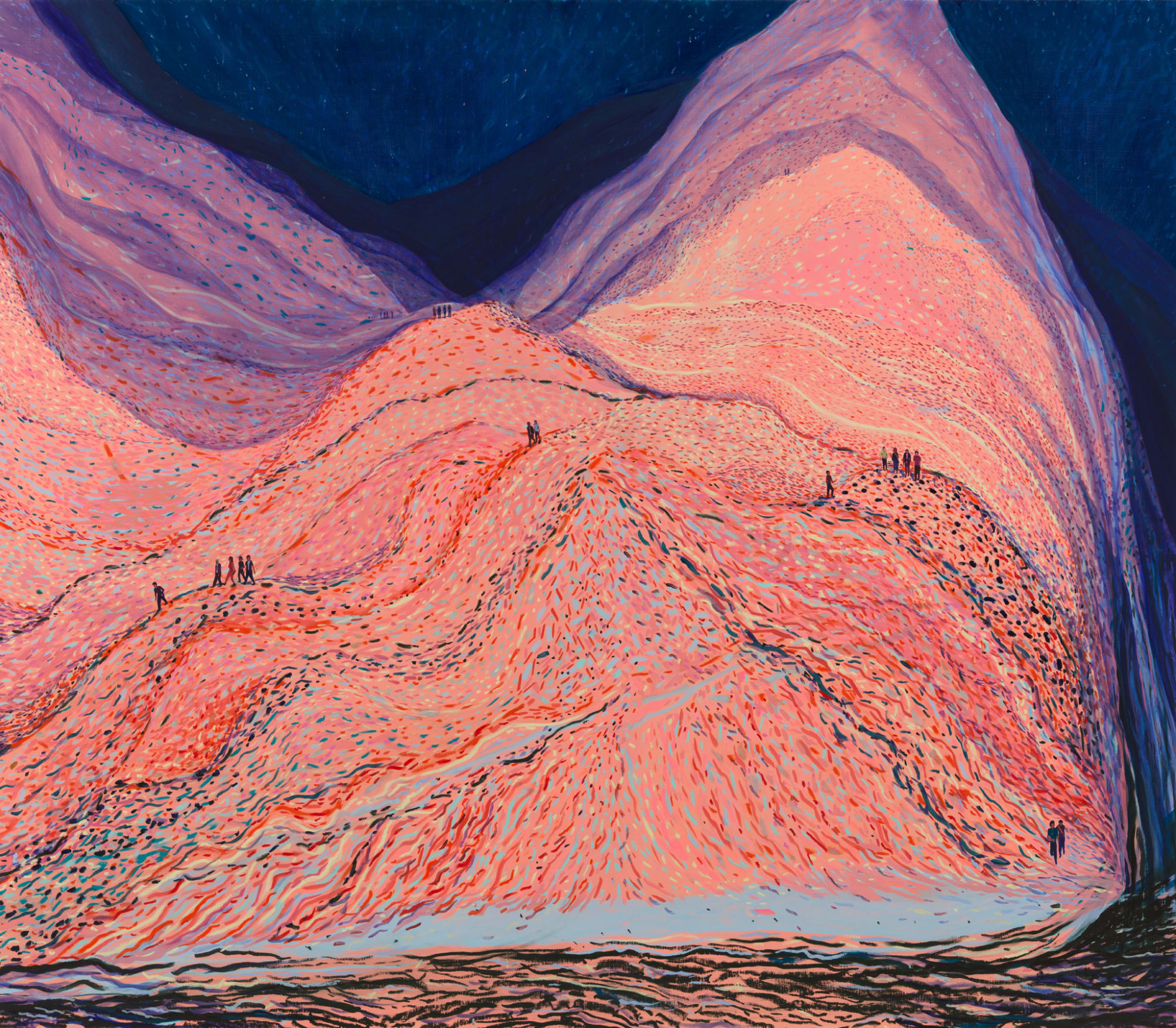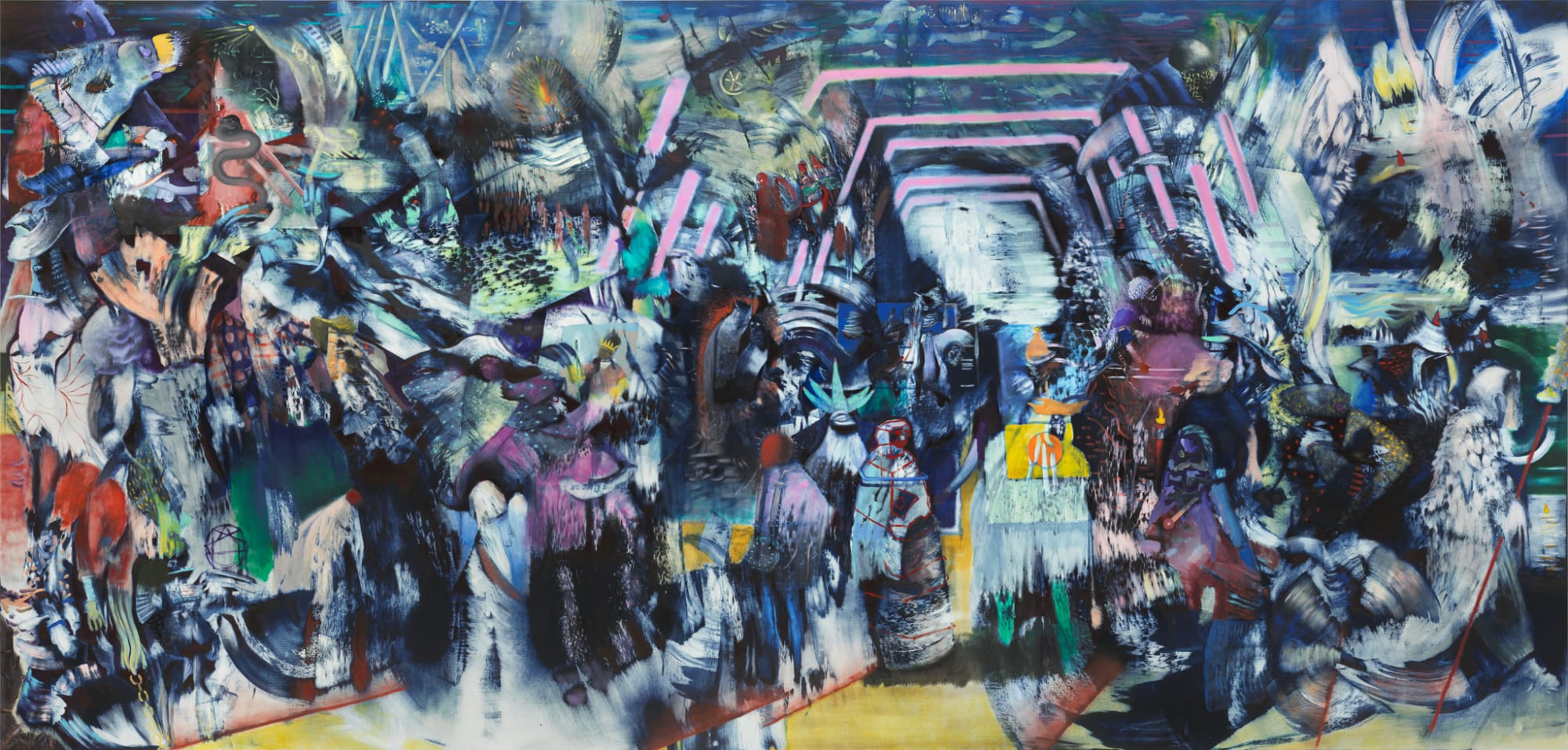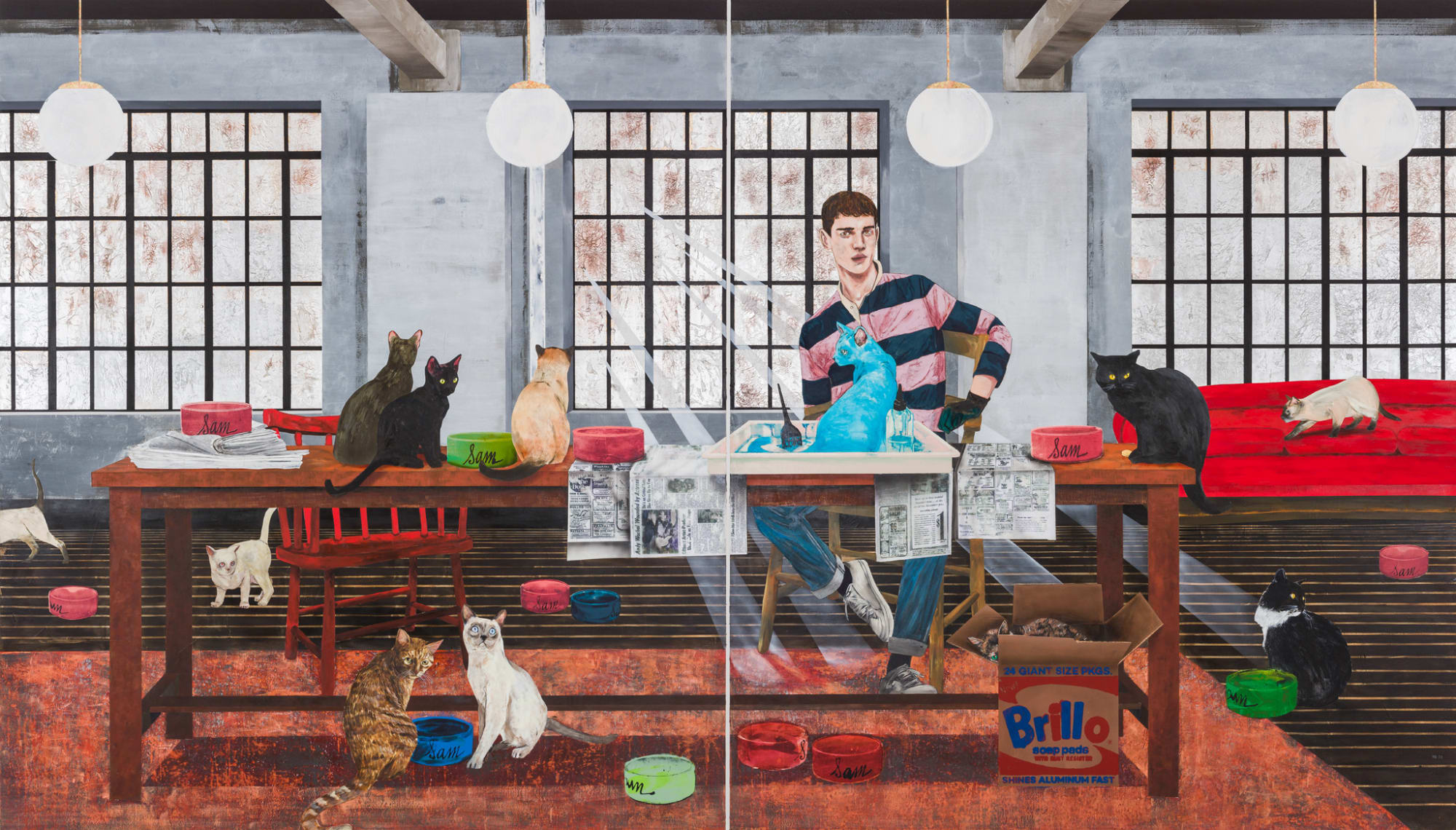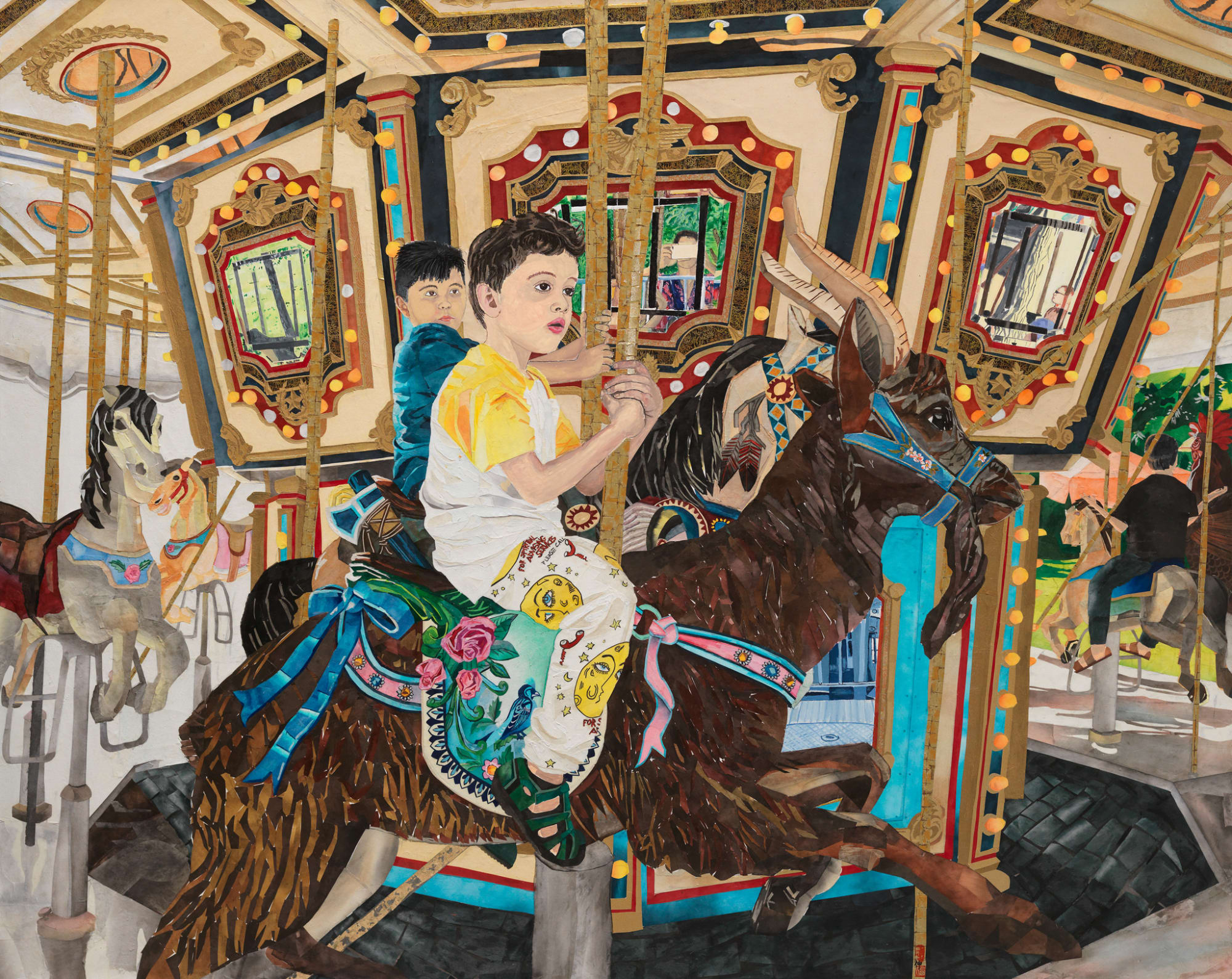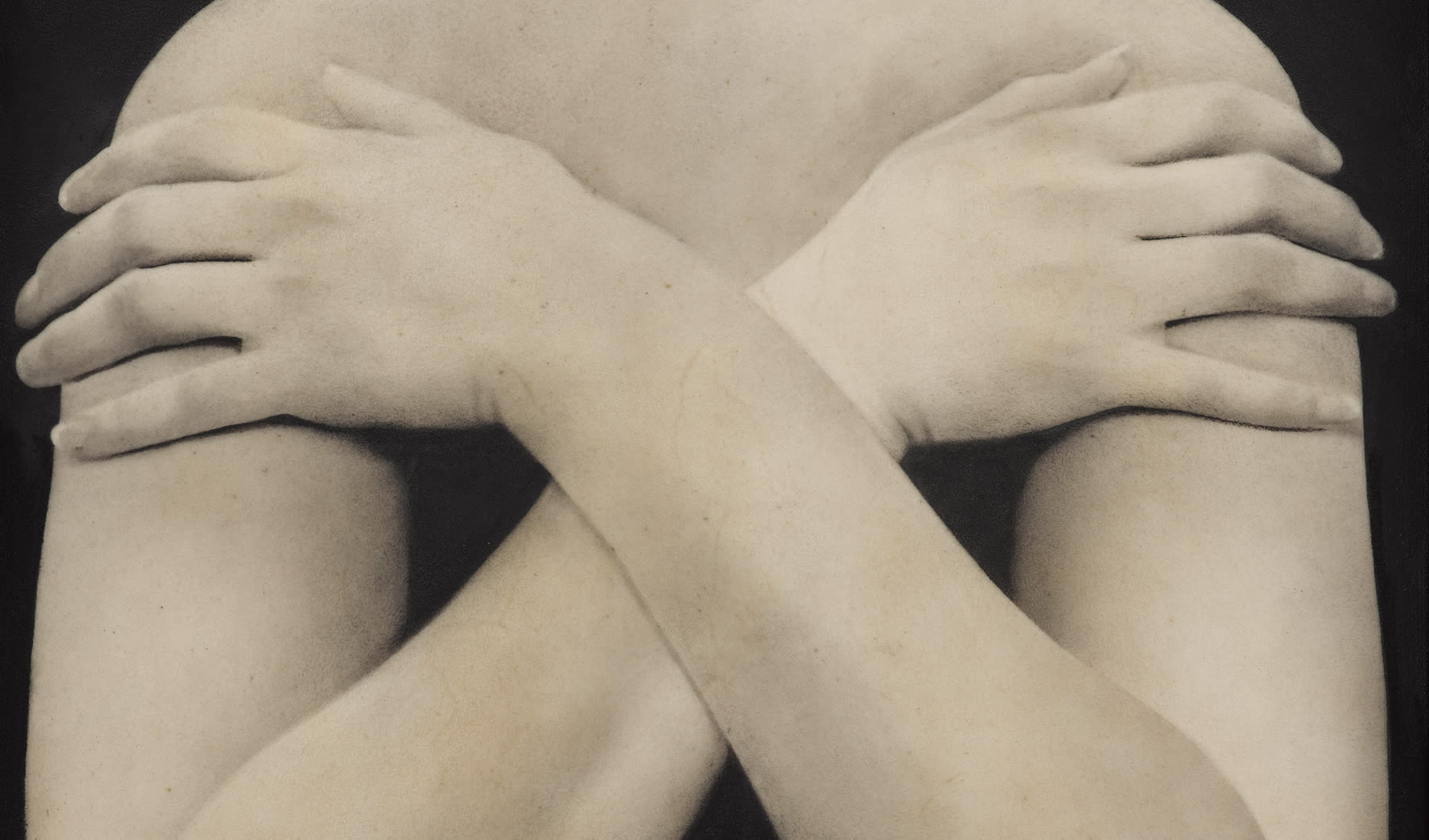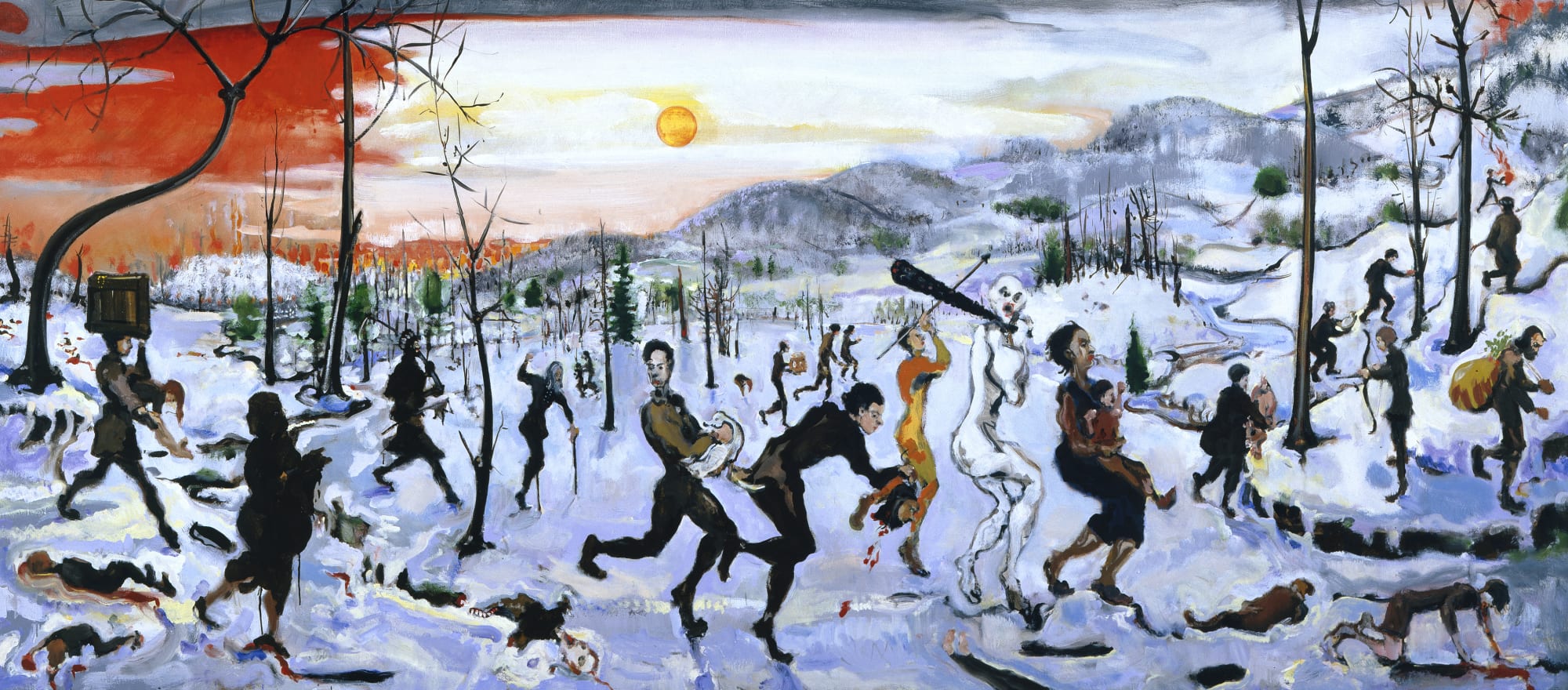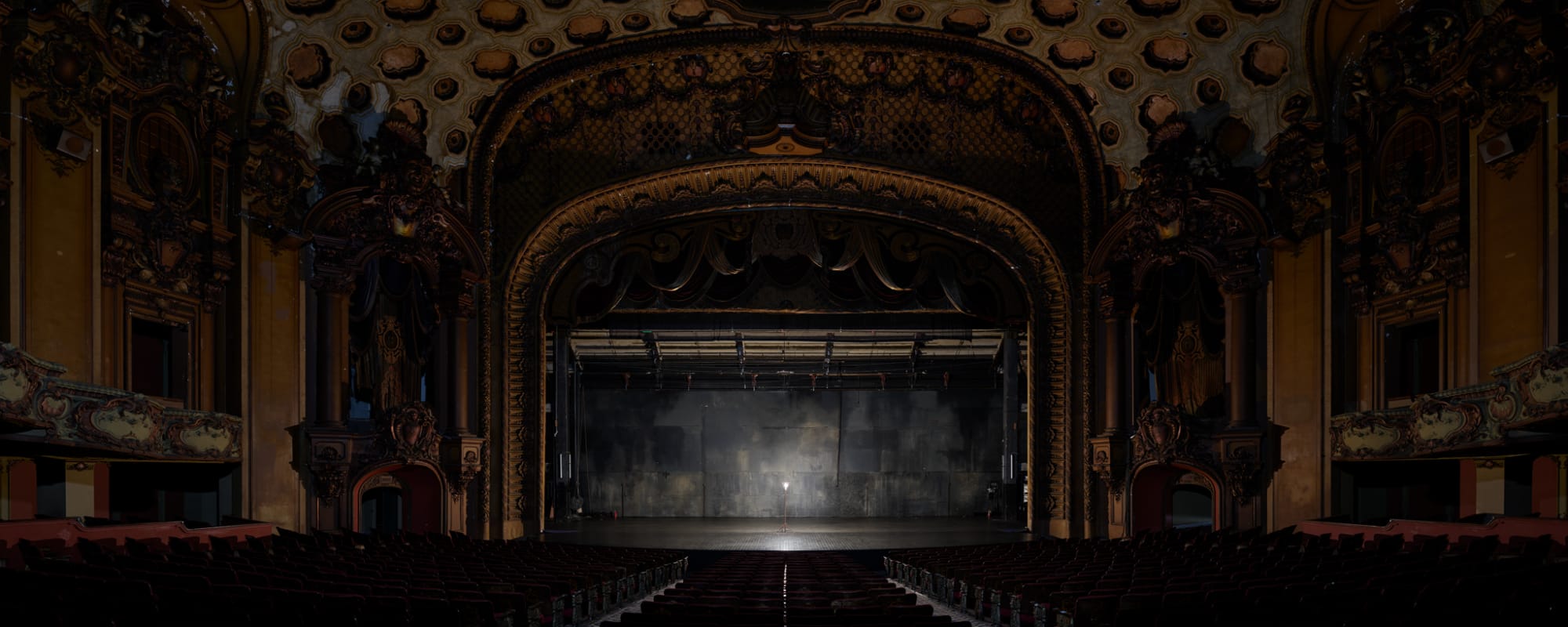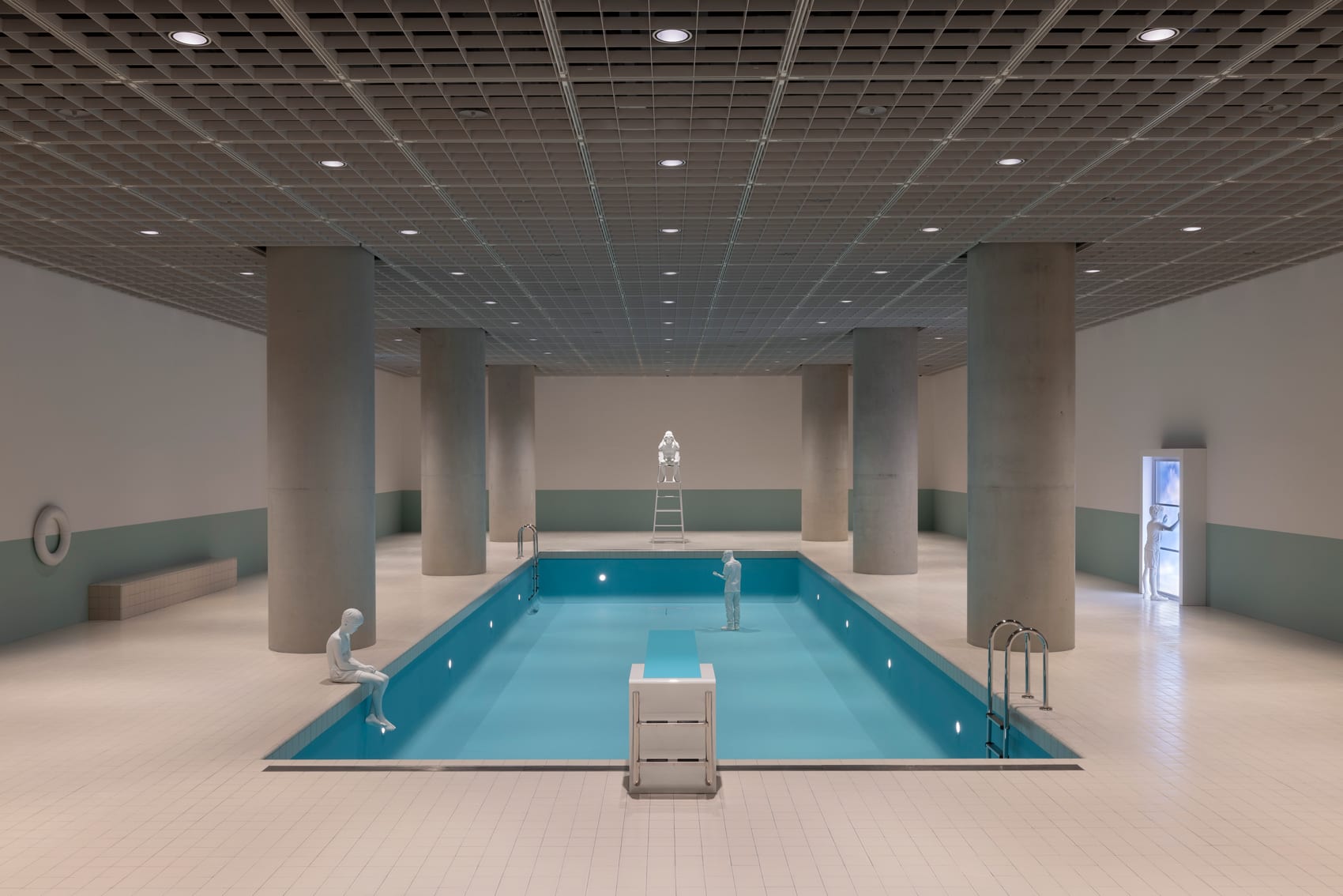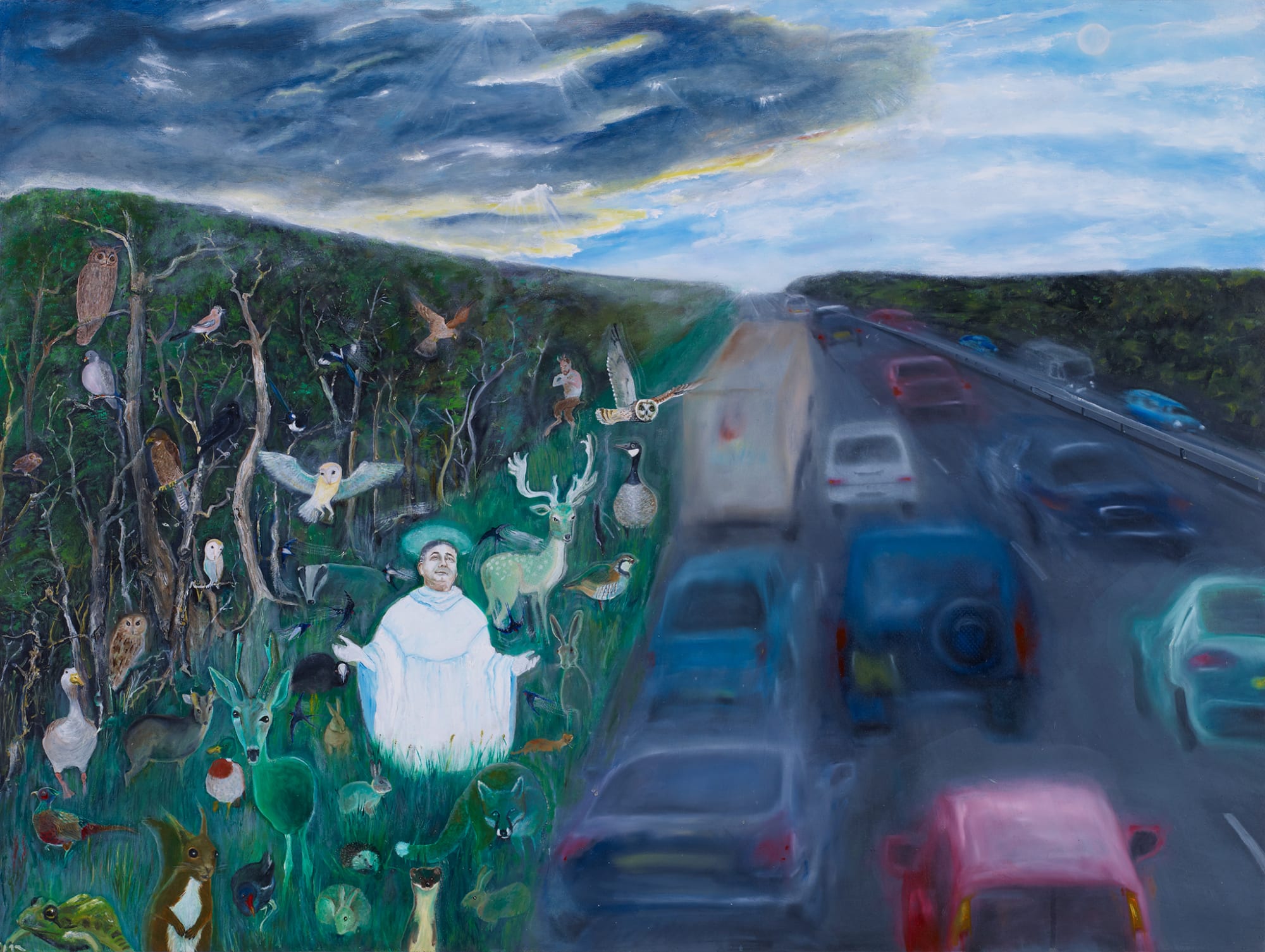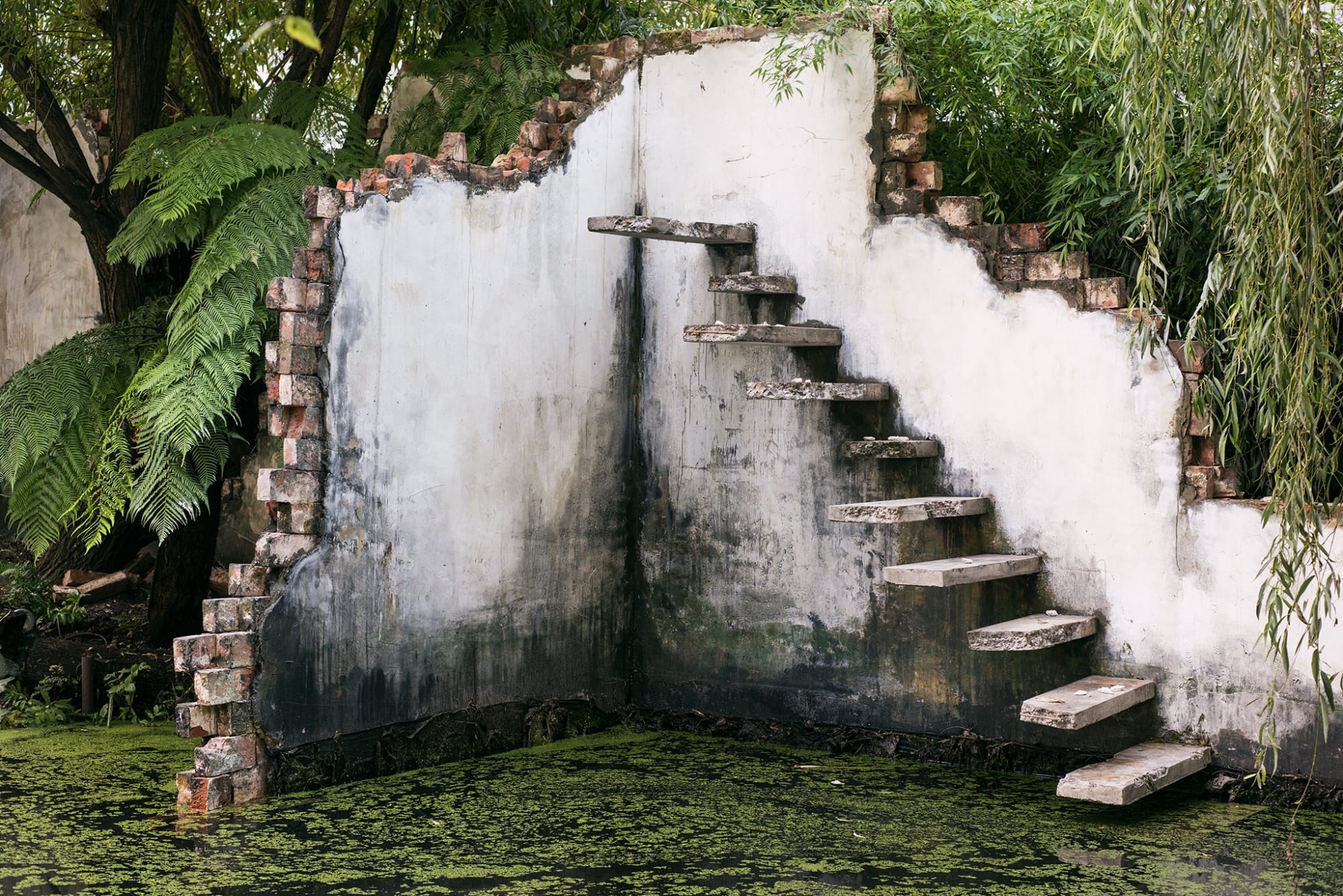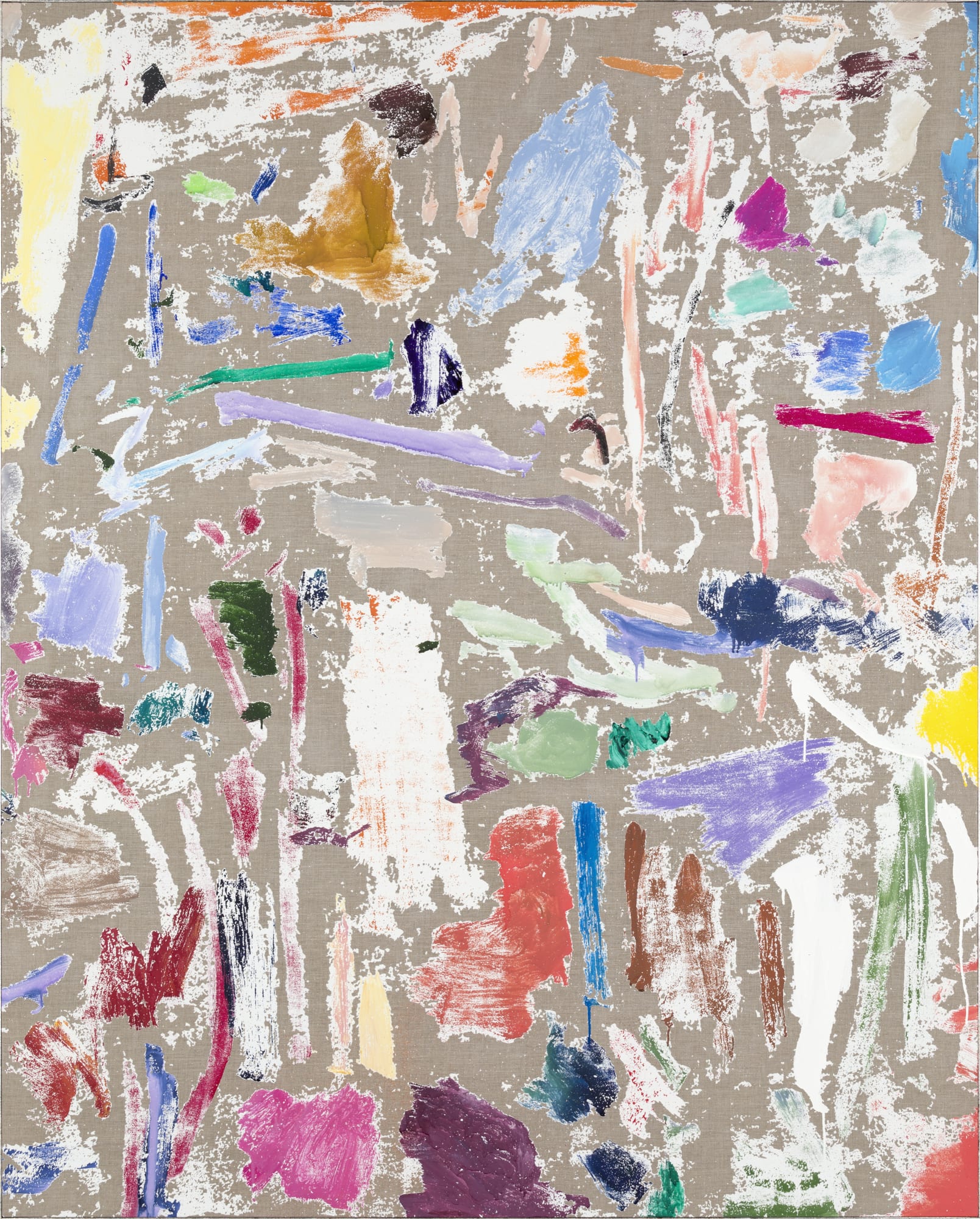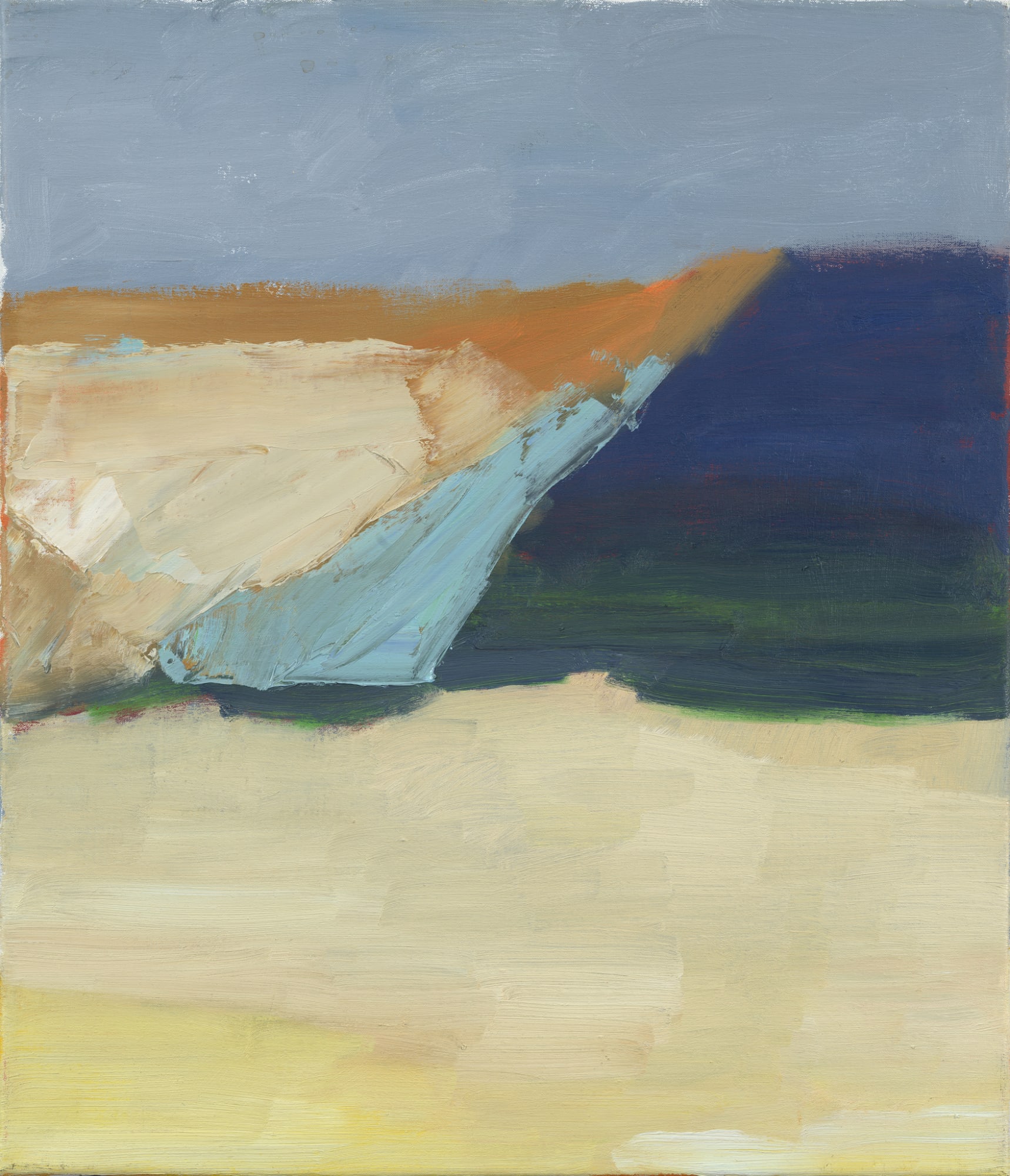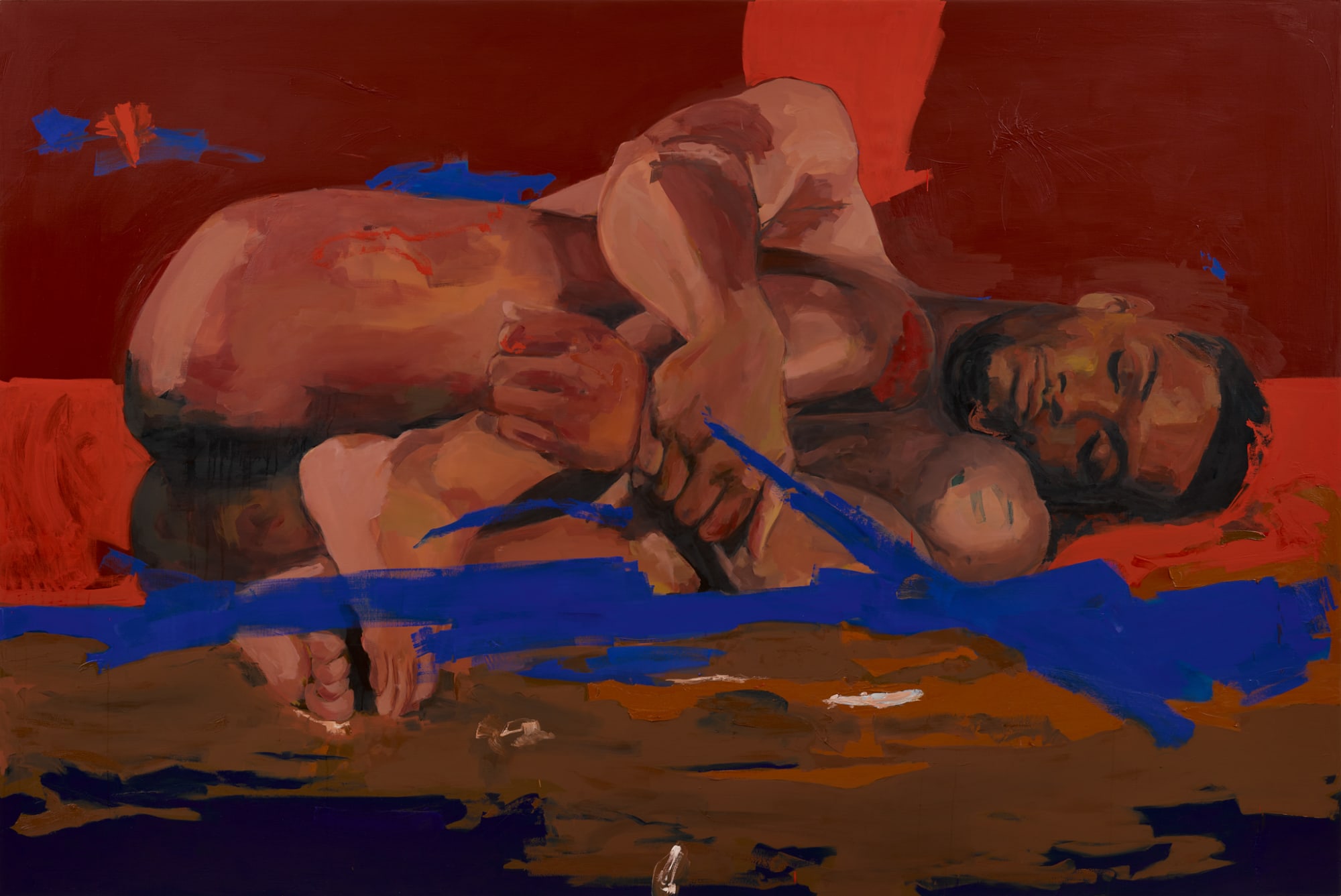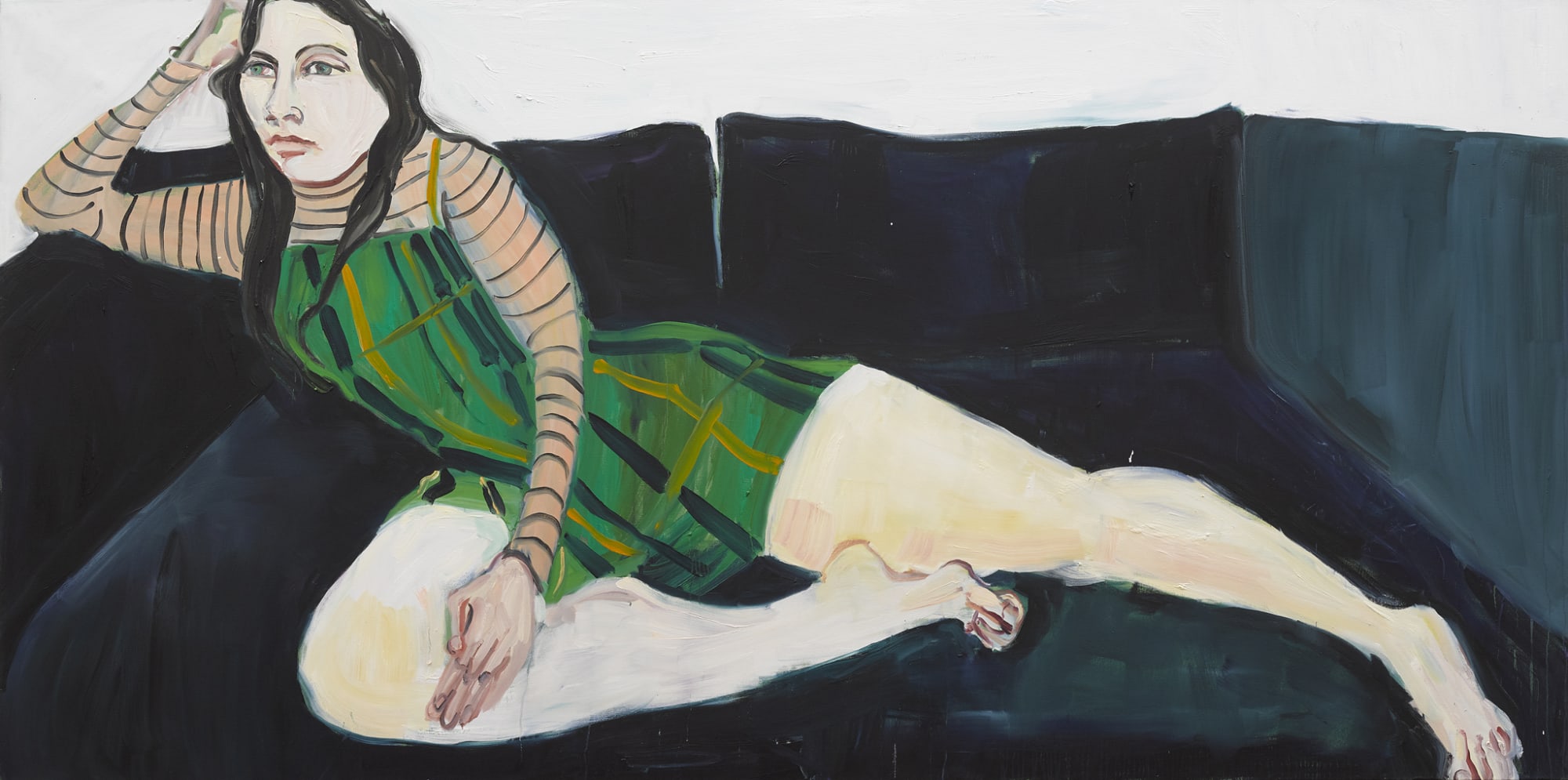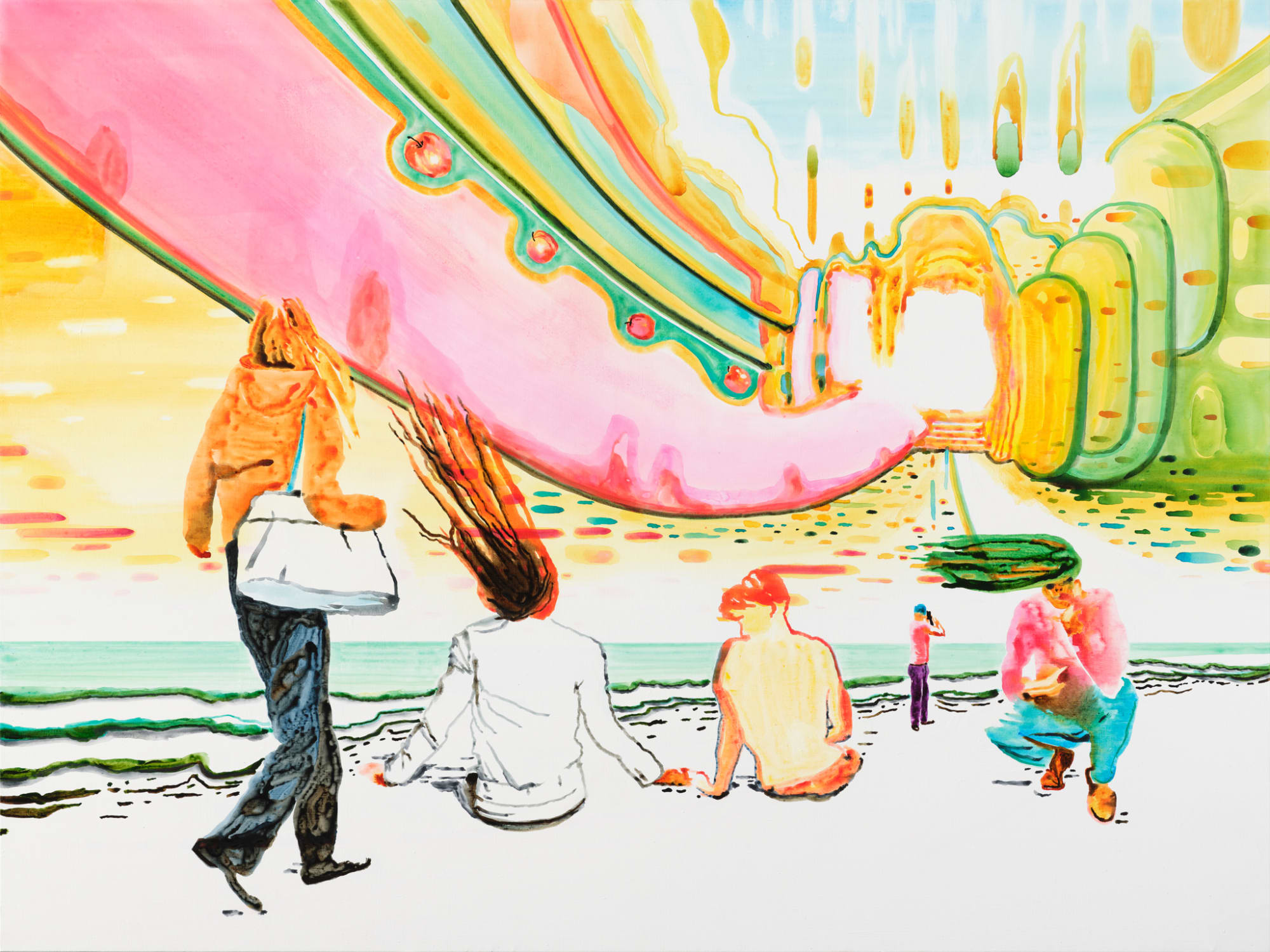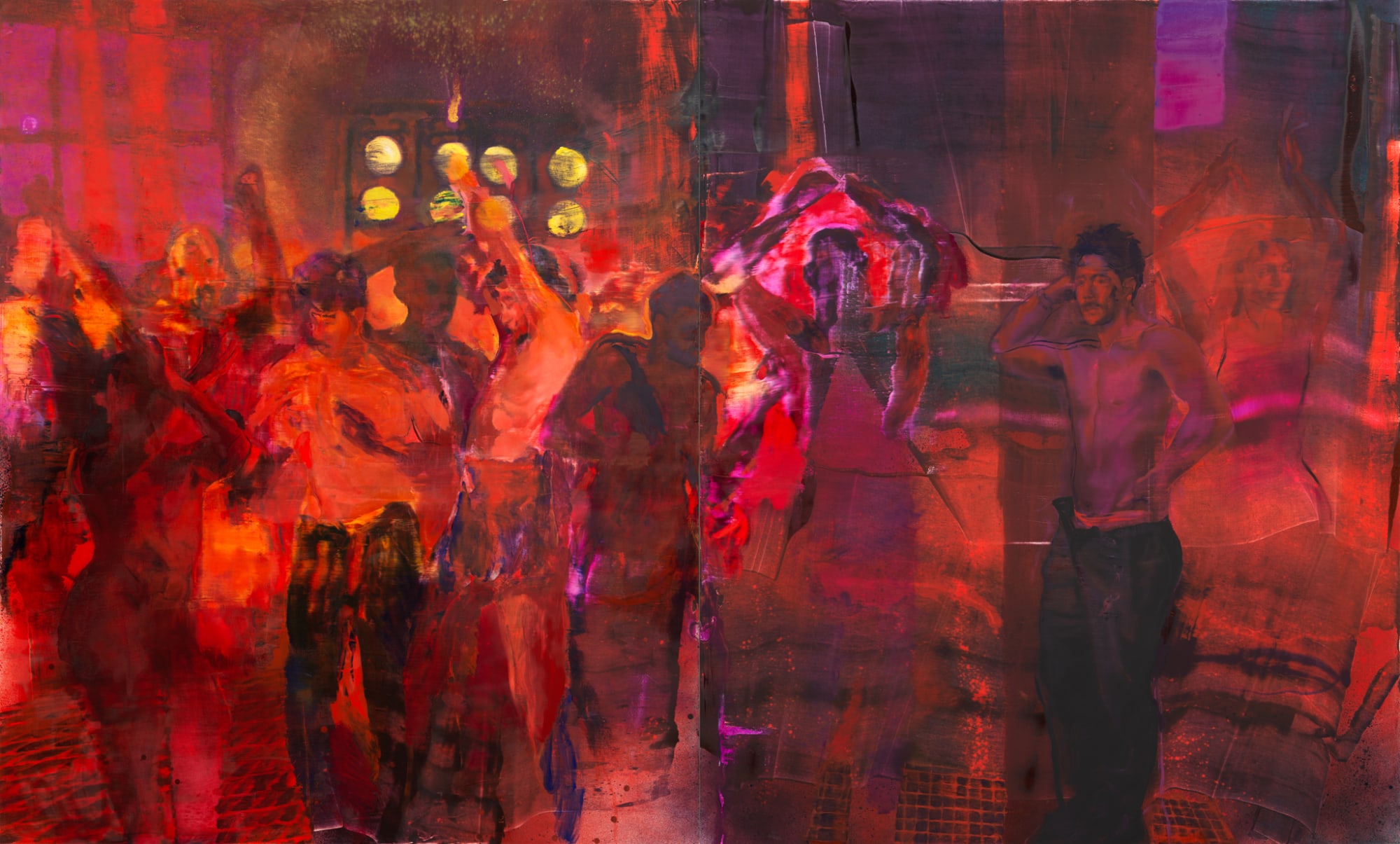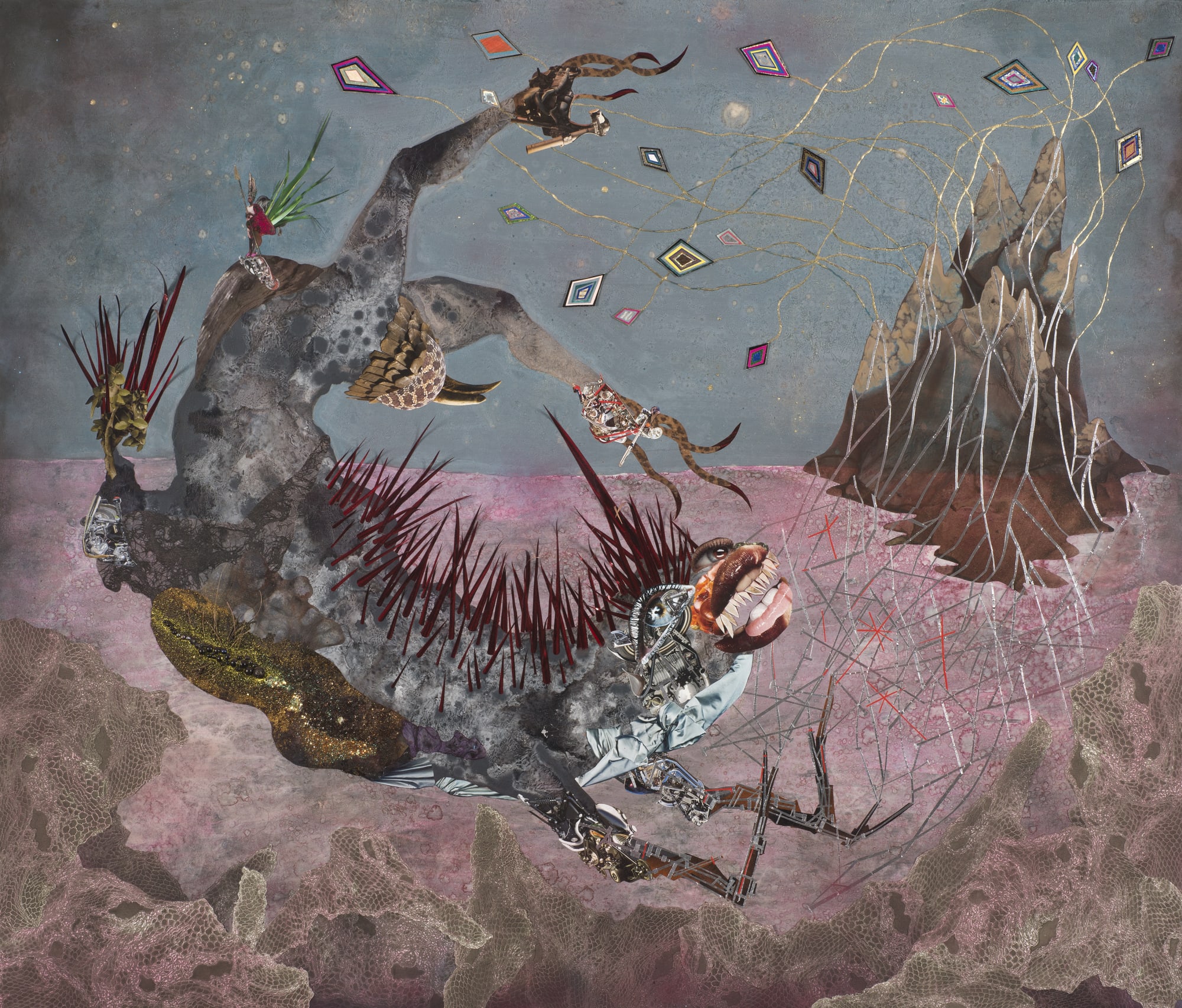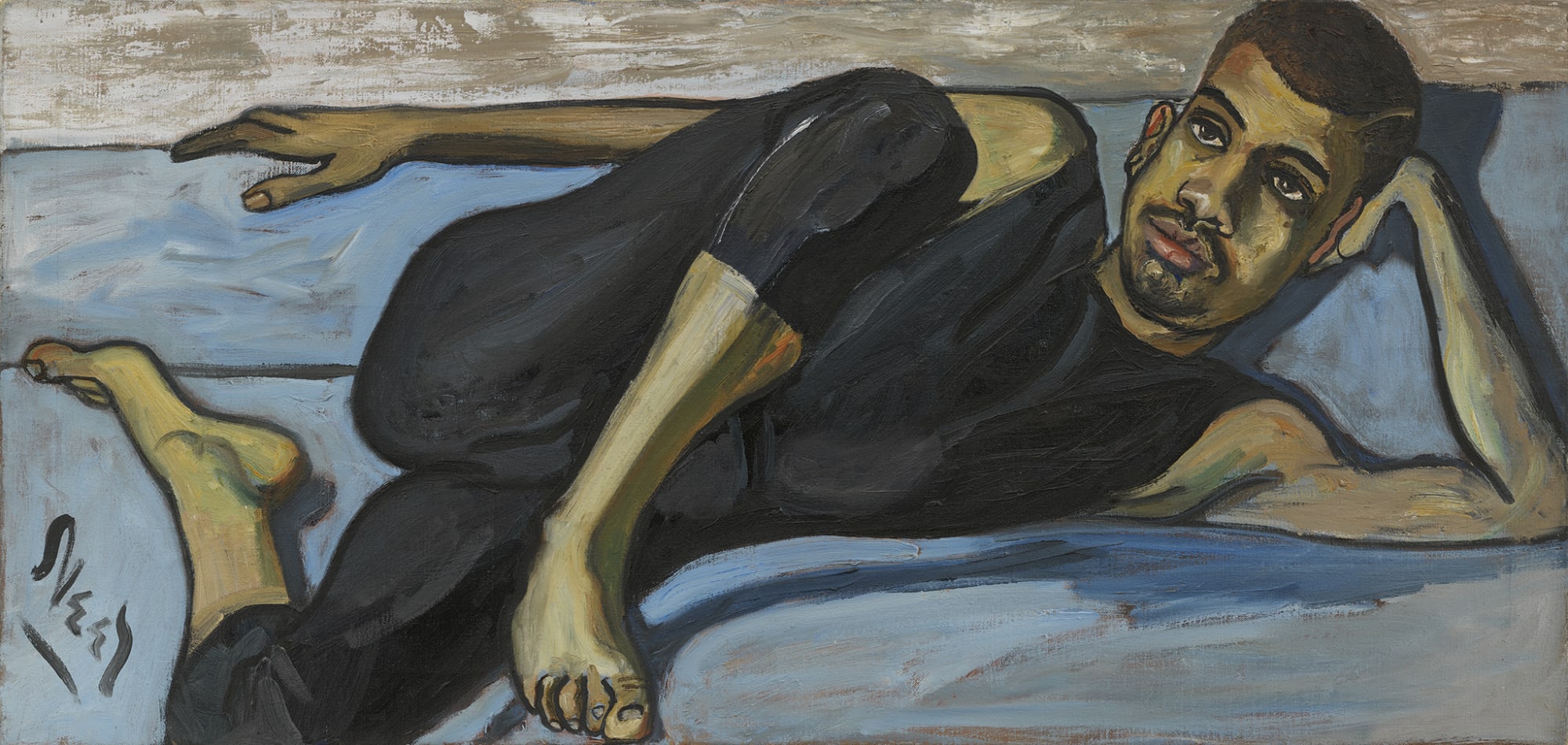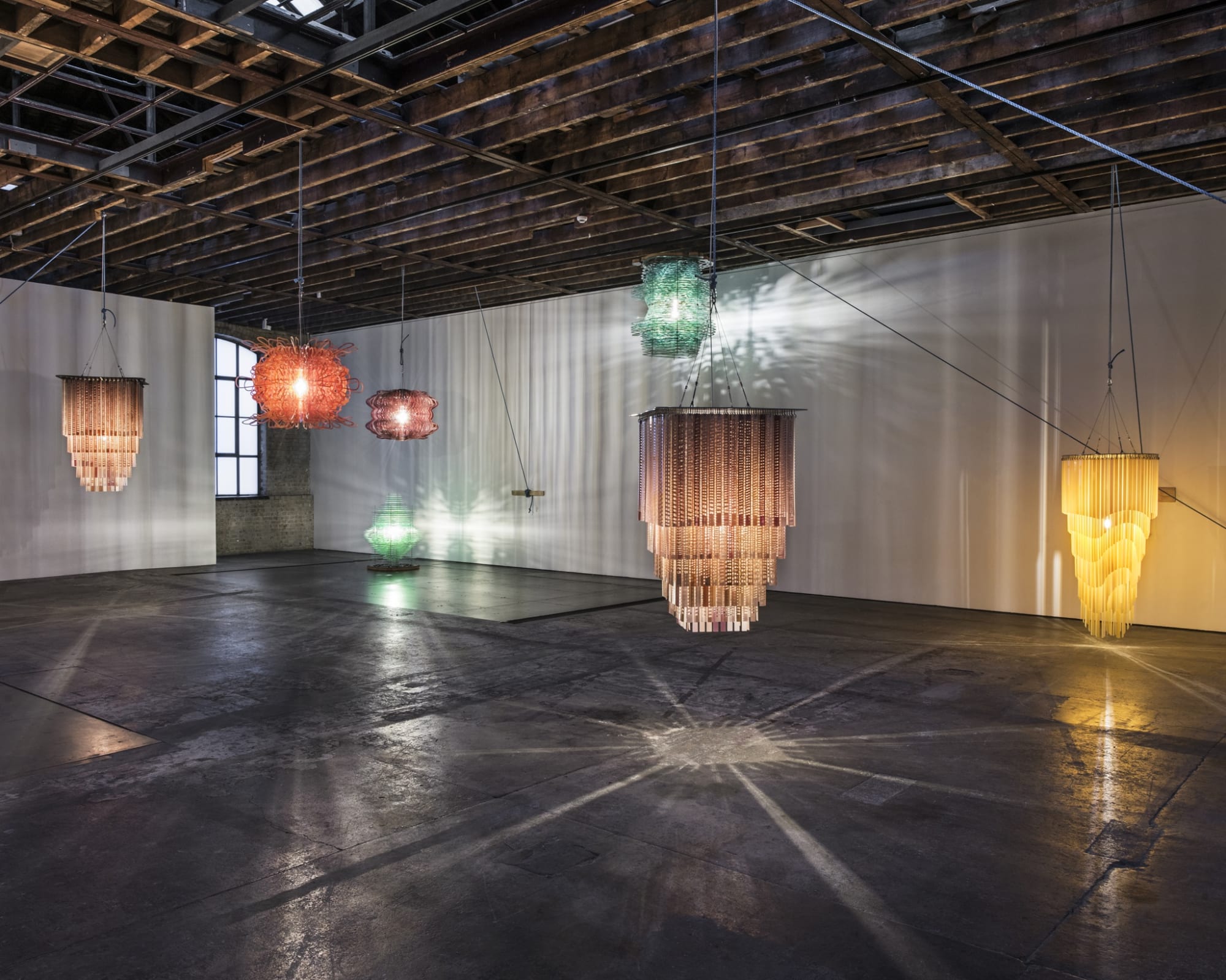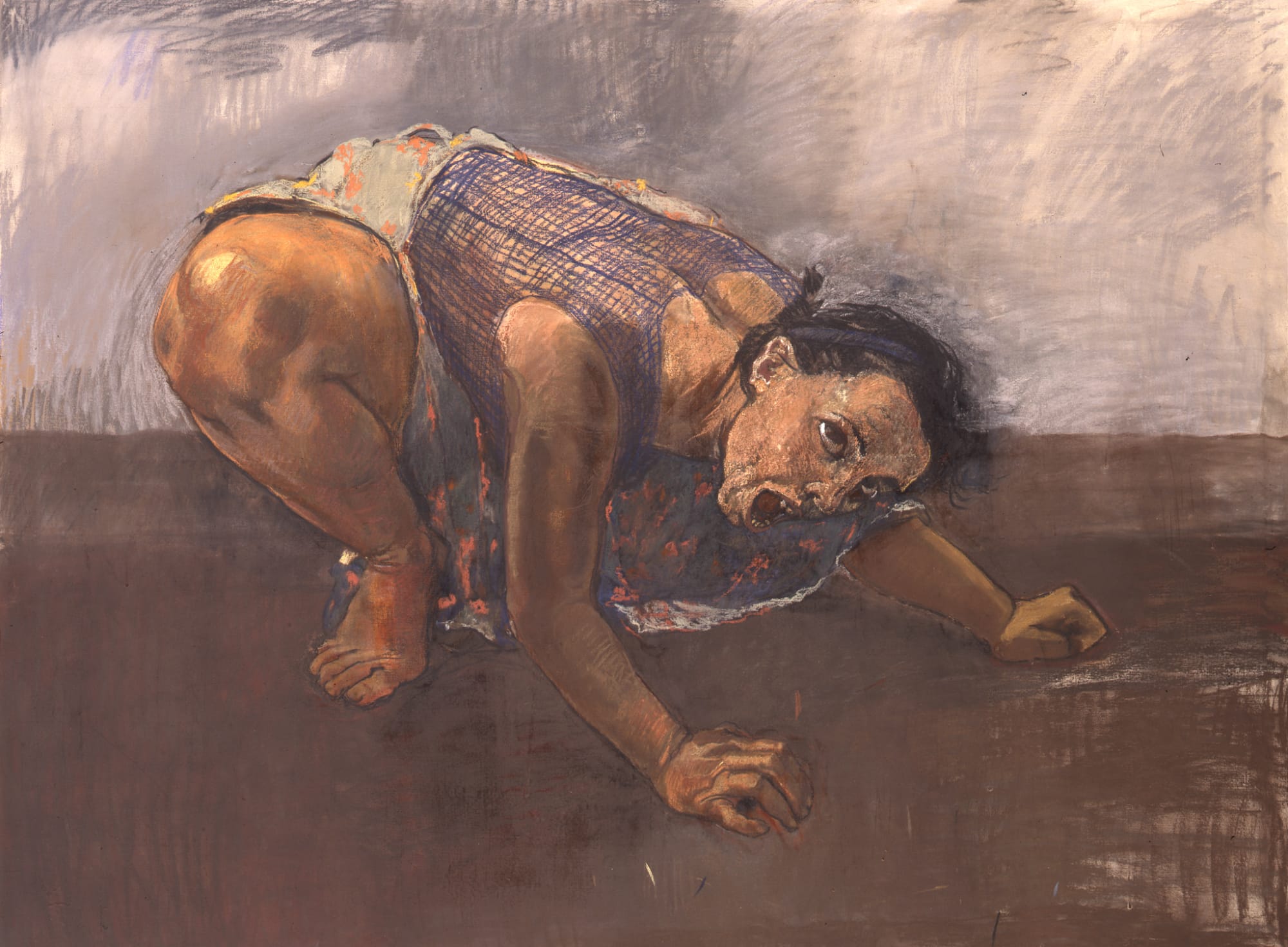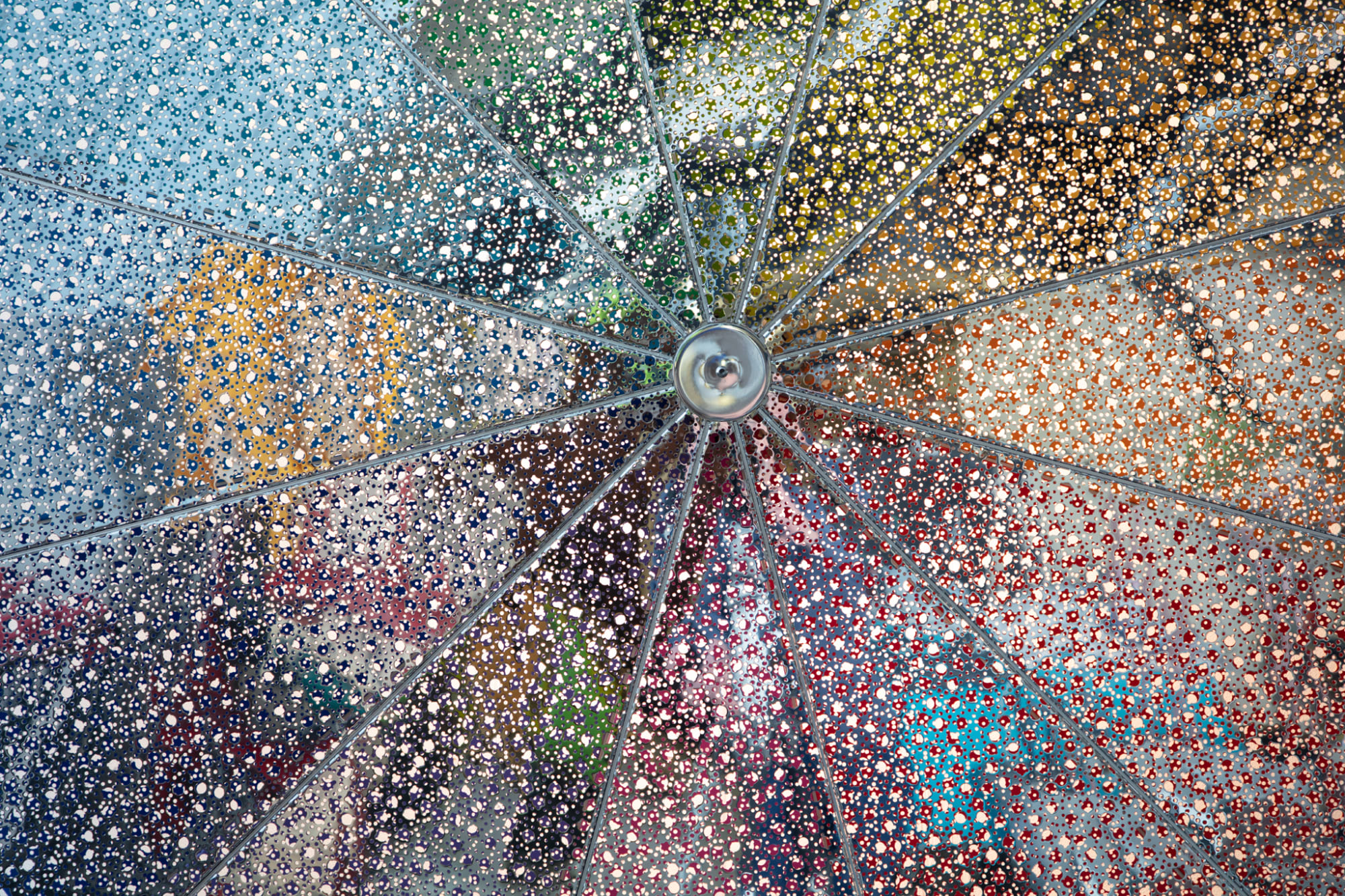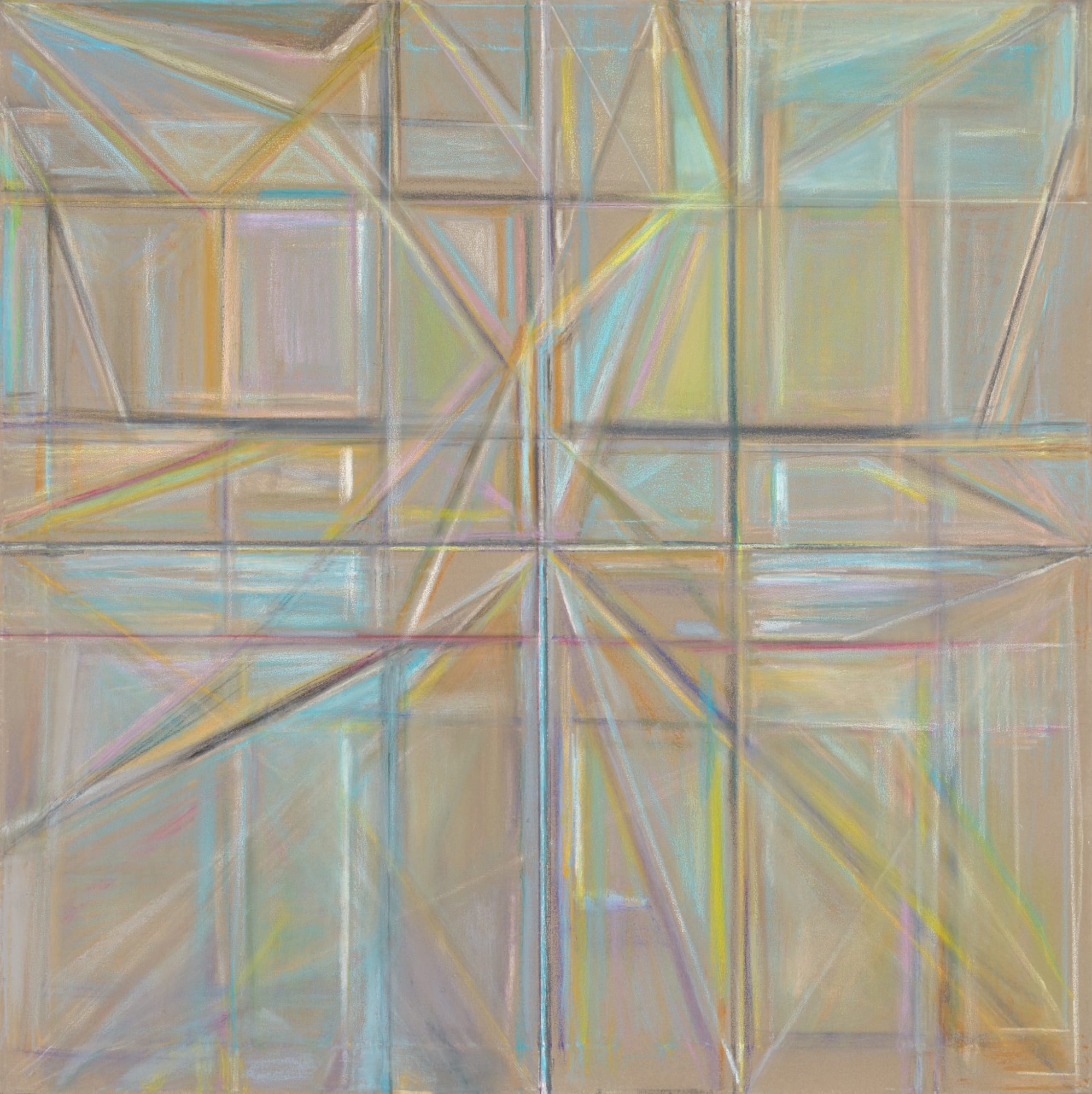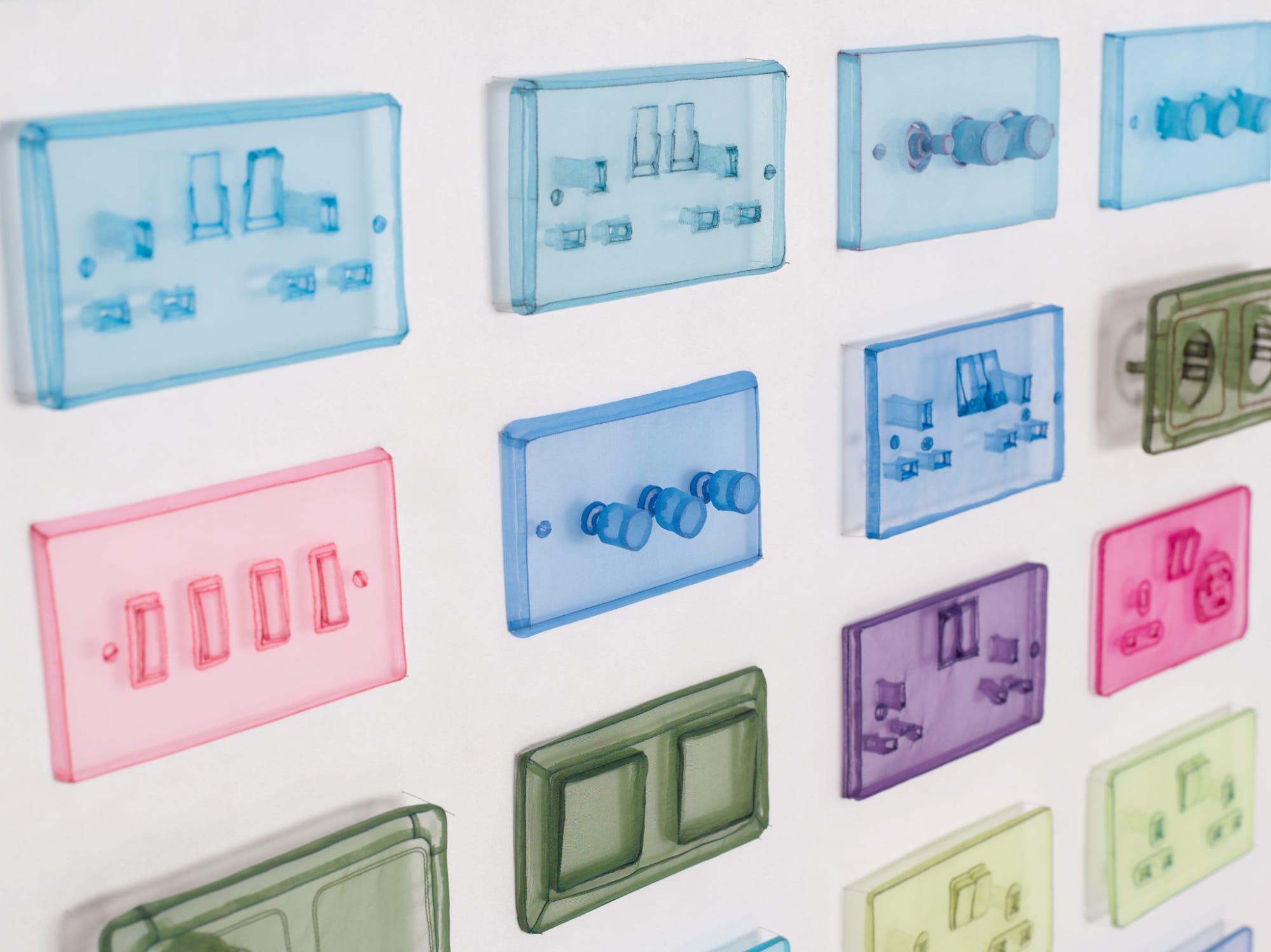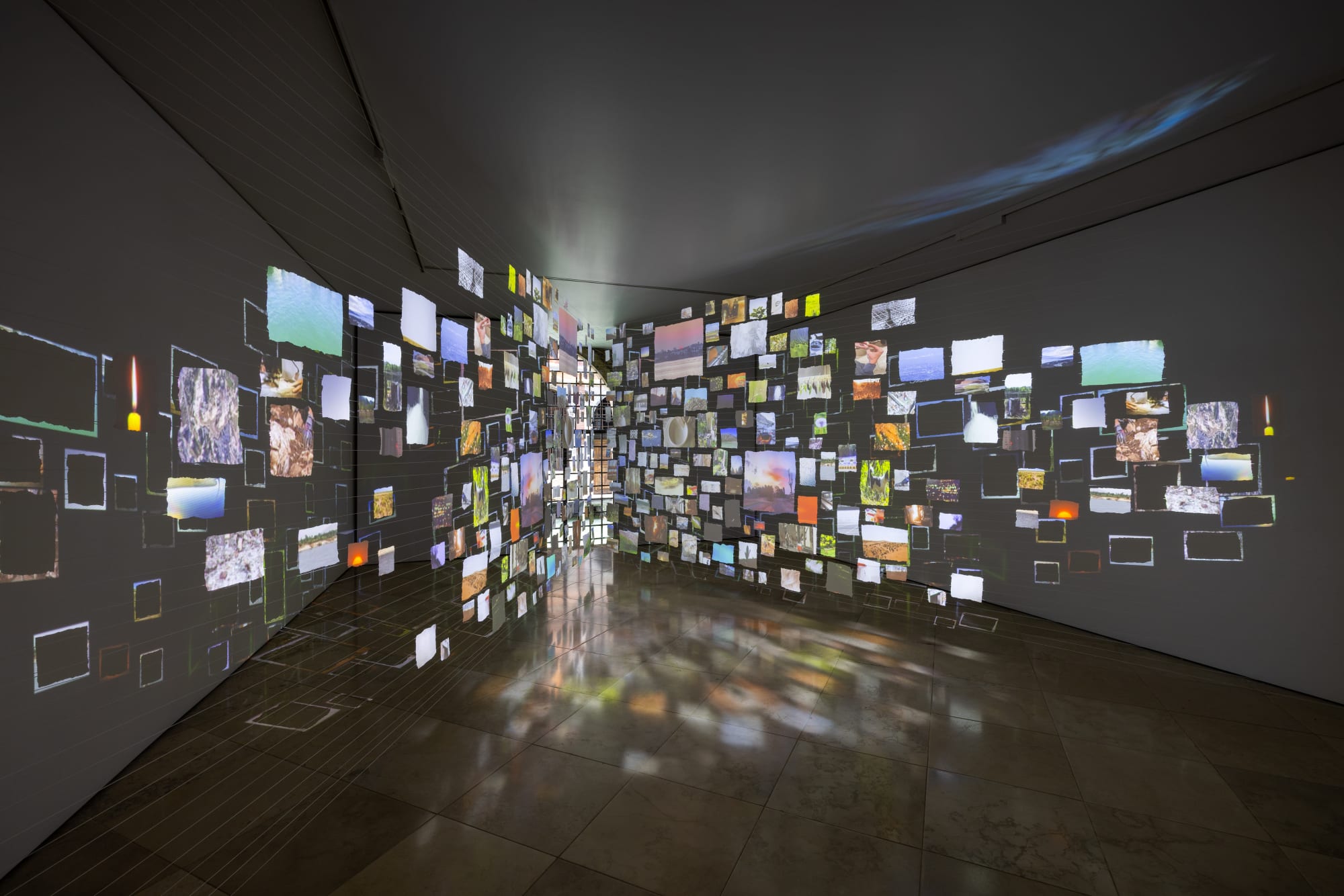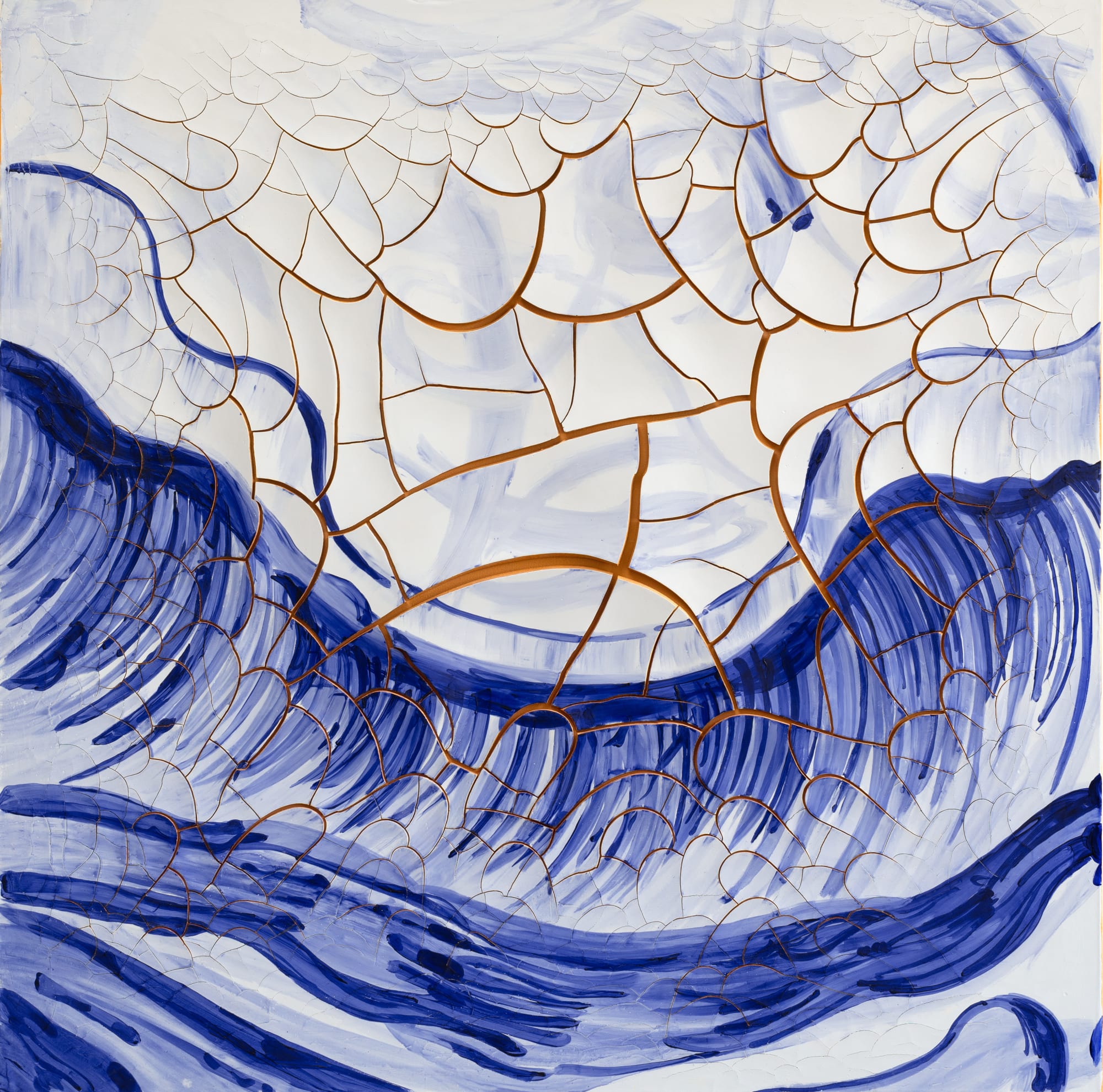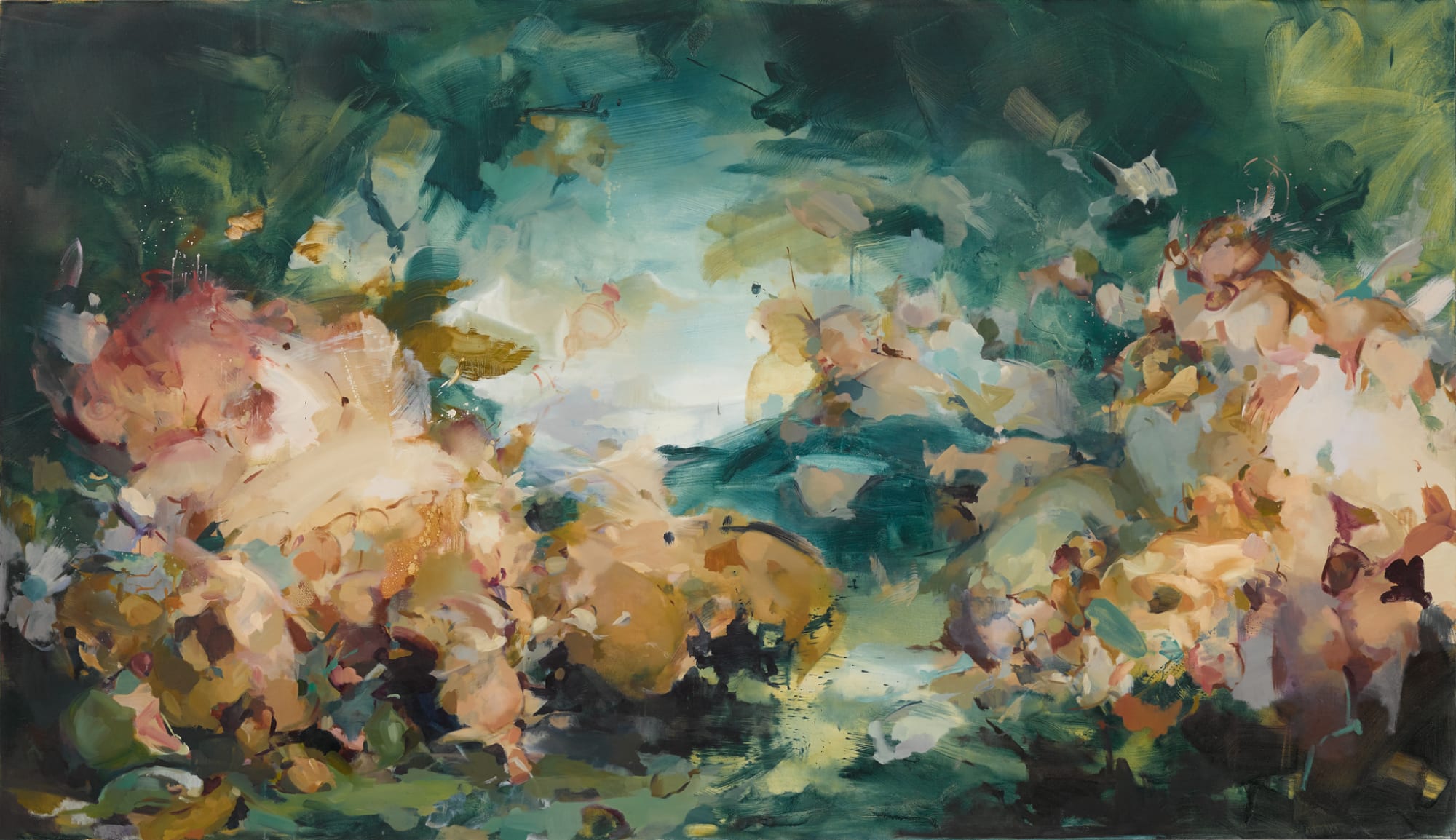-
Doug Aitken
-
Njideka Akunyili Crosby
-
Milton Avery
-
Jules de Balincourt
-
Ali Banisadr
-
Hernan Bas
-
María Berrío
-
Saskia Colwell
-
Verne Dawson
-
Stan Douglas
-
Elmgreen & Dragset
-
Inka Essenhigh
-
Ian Hamilton Finlay
-
David Harrison
-
NS Harsha
-
Alex Hartley
-
Secundino Hernández
-
Ilse D’Hollander
-
Christian Holstad
-
Kudzanai-Violet Hwami
-
Chantal Joffe
-
Isaac Julien
-
Idris Khan
-
Yayoi Kusama
-
John Kørner
-
Doron Langberg
-
Wangechi Mutu
-
Alice Neel
-
Maria Nepomuceno
-
Chris Ofili
-
Jorge Pardo
-
Celia Paul
-
Grayson Perry
-
Paula Rego
-
Tal R
-
Conrad Shawcross
-
Hedda Sterne
-
Do Ho Suh
-
Sarah Sze
-
Adriana Varejão
-
Barbara Walker
-
Stephen Willats
-
Flora Yukhnovich

